Our drawing is almost identical to the unsigned Beaux Arts sheet. Among the differences, we can note the slope of the roof on either side of the dome, as well as the creation of a void overhanging the vaulted roofs of the entrances, the number of caissons, the width of certain bas reliefs.
Pen, ink wash, and watercolor on laid paper.
62 cm by 33 cm
Ink stains, foxing, slight tears
The first neo-classical project to win the competition of the Royal Academy of Architecture.
In 1774, the young architect Mathurin Crucy from Nantes, a student of Etienne-Louis Boullée, won the first prize of architecture of the Royal Academy, afterwards called Prix de Rome, which that year was on the imposed theme of "public baths of mineral water ". Named "architecte-voyer" of the city of Nantes, Mathurin Crucy was the great neoclassical designer of the Brittany capital.
Several drawings from the 1774 competition are kept at the Ecole Superieure des Beaux-Arts in Paris, including two sectional elevations in the width of the building, presenting some variants.
I discovered a third sheet, this superb watercolor presentation drawing, which is very close to the unsigned Beaux-Arts sheet, with some modifications however.
The year 1774 is a pivotal year. Year of the death of Louis XV, it sees the victory of the Ancients, imitators of the Greeks and Romans against the Moderns following the doctrine of Blondel, dead the same year. The King dead, Gabriel and Marigny resign. Perouge de Montclos, in his History of French Architecture, notes that "the last projects of the competition in the French style date from 1773."
Mathurin Crucy, wrote later on the contest : "When I was released from this pedantic Blondel, I took a wider expansion in the public bath project that I composed at the Academy. This project was made in the genre of the Ancients, and it obtained the unanimous vote of the Academy. "






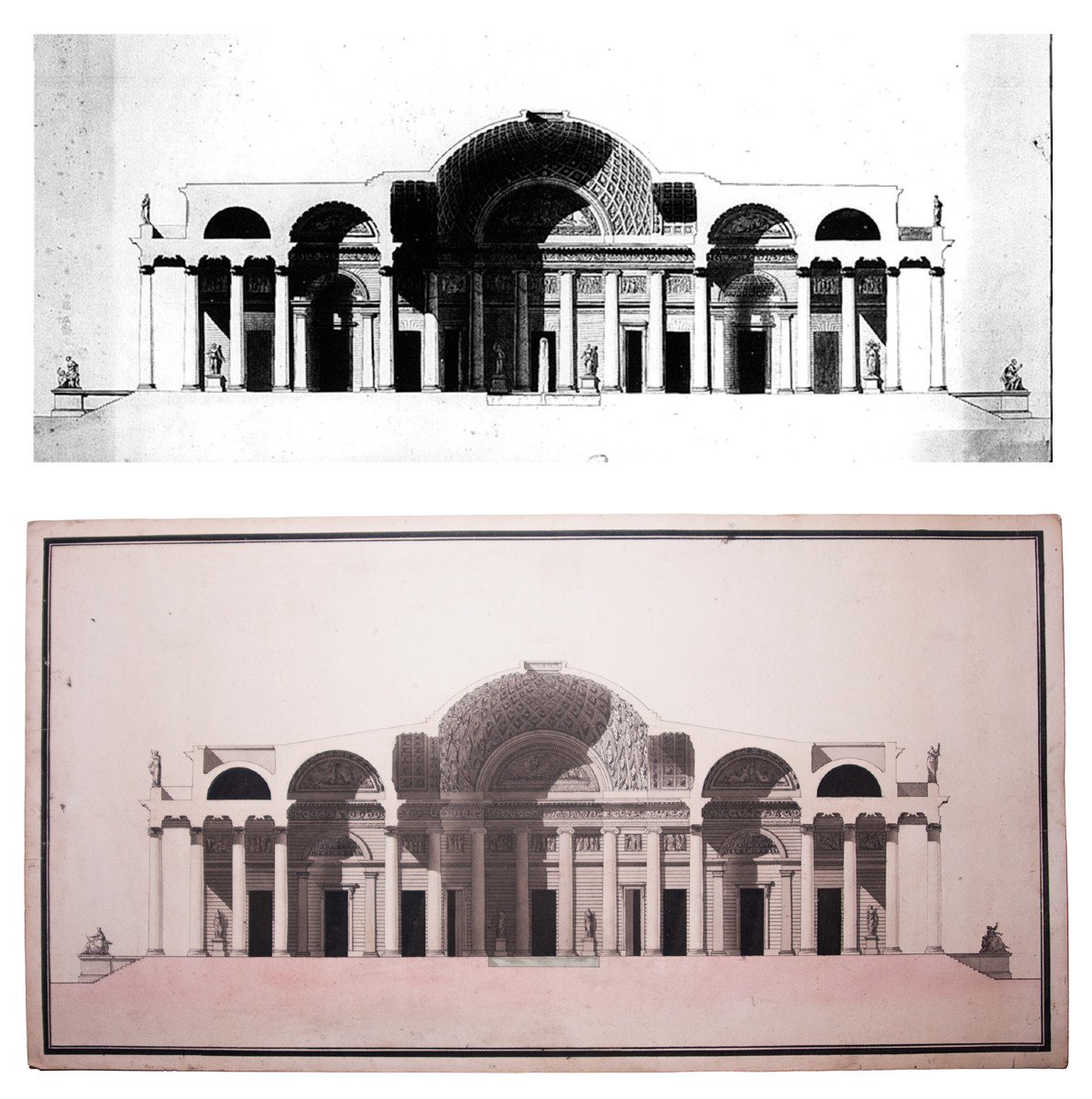

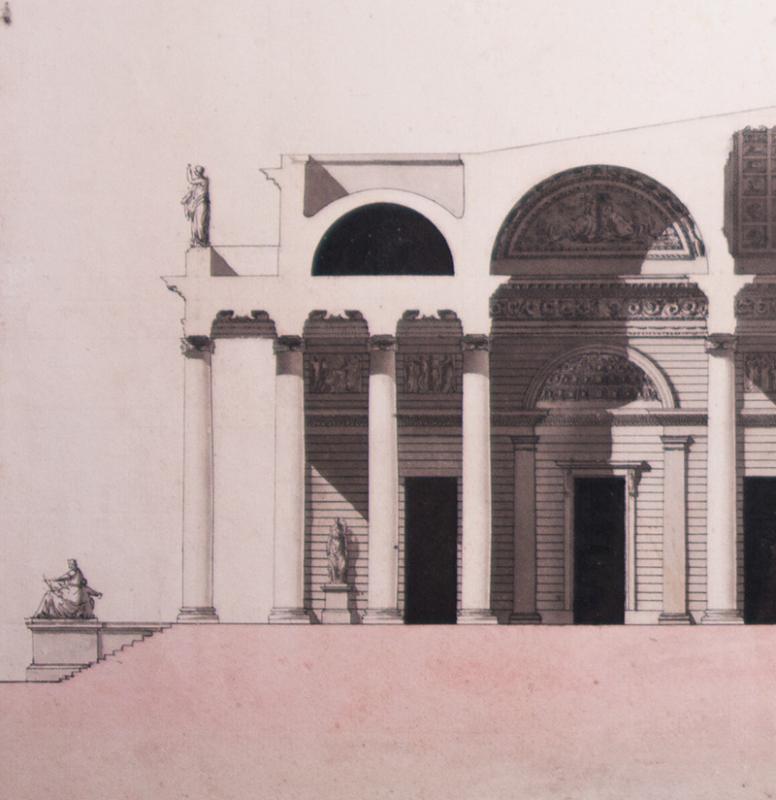
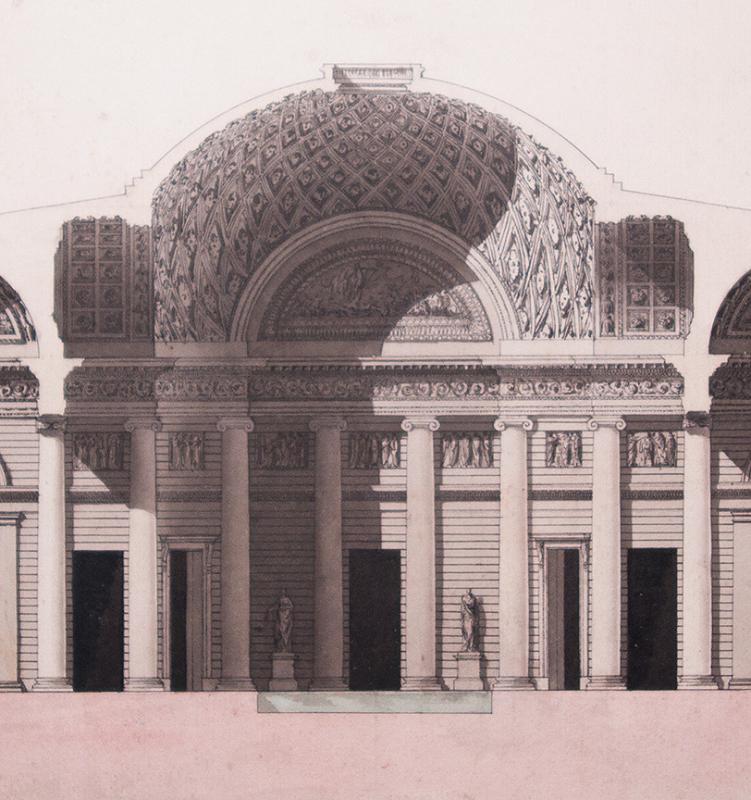



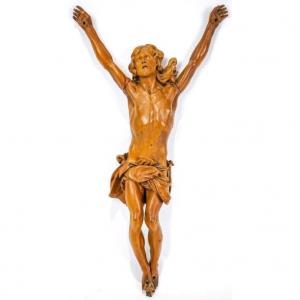
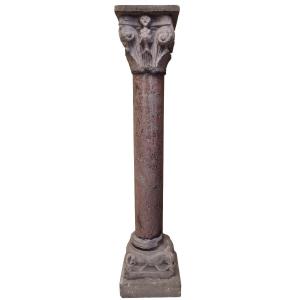
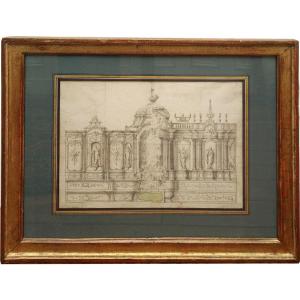
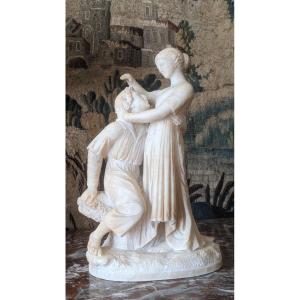
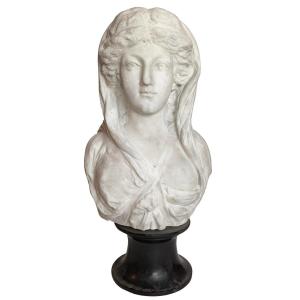

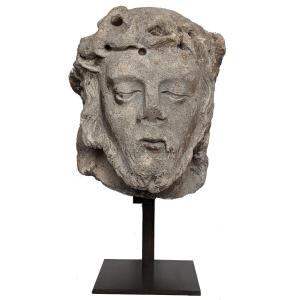



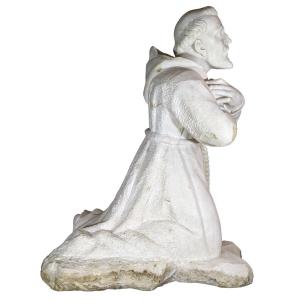

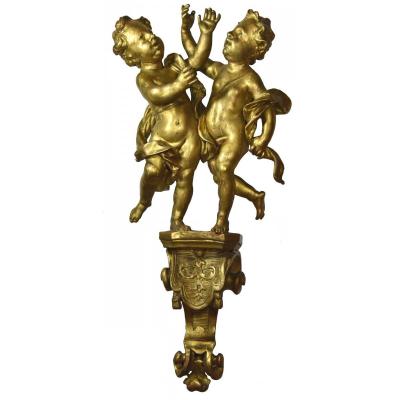
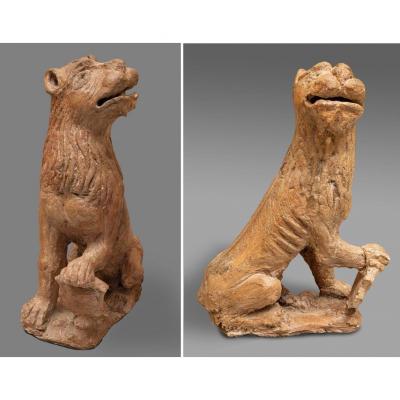








 Le Magazine de PROANTIC
Le Magazine de PROANTIC TRÉSORS Magazine
TRÉSORS Magazine Rivista Artiquariato
Rivista Artiquariato